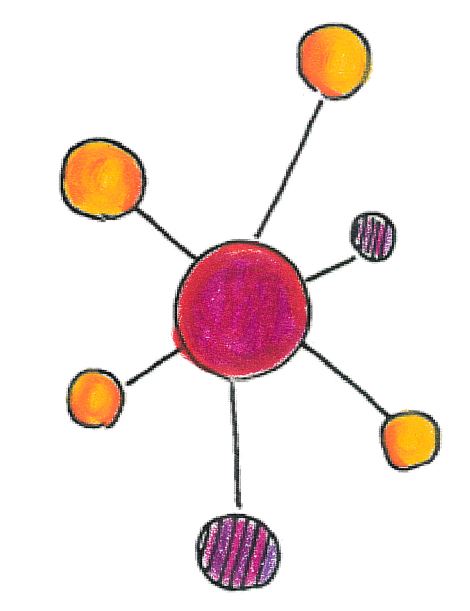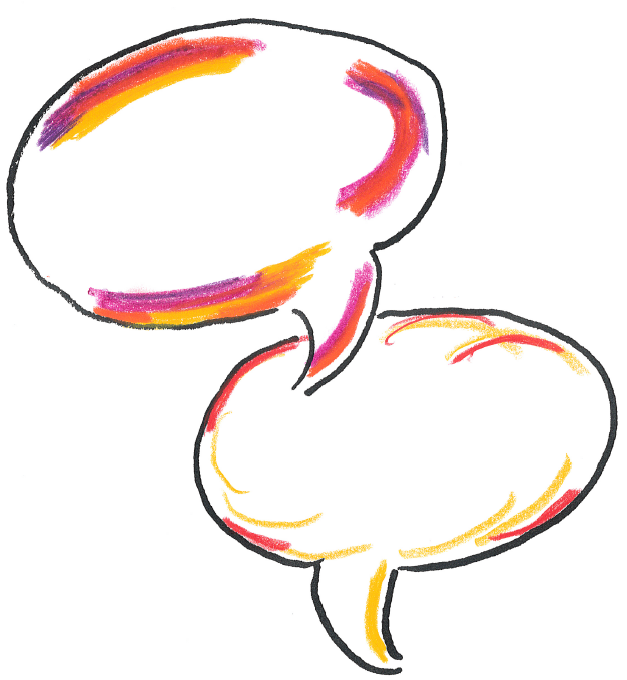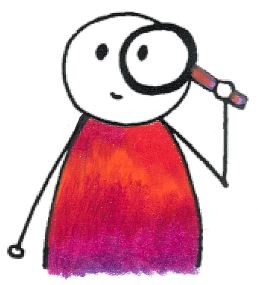Defining Applied Ethnography
Inspired directly by Gillingham and Smith (2020), we want to highlight the following as key features of applied ethnography:

1: The social relations and their purpose
In applied ethnography relations between social workers and service users are built on trust, a non-judgmental attitude, and confidentiality. In applied ethnography the purpose of establishing relations is to produce knowledge about service users and their social contexts to facilitate social change—it is about producing holistic knowledge to facilitate better solutions and actions for urban vulnerable populations (in ethnography, the purpose is usually to produce knowledge to peers).

2: Producing knowledge through dialogue
In applied ethnography dialogue is an important tool. Here, the purpose of a dialogue is to co-produce knowledge, not to find right or wrong answers. Just as fieldwork, dialogue requires the ability to listen to the other to develop a mutual understanding of a problem, a situation, or a solution (in ethnography, knowledge is also co-produced, but can be communicated in a more one-sided and peer-oriented manner in academic work).

3: The power of the example
“Contexts and social problems that have their origins in social structures, such as poverty and homelessness, may be similar across cases but the way that any individual reacts to their circumstances and the resources they bring into a situation may be very different.” (Ibid., p. 2238, see also Rauhala, LA., Høvids, D. J., Lehto-Lunden, T. & Freimann Jensen, N. (2022) on phronesis and cases). For example, the experience and knowledge derived from applied ethnography can be used to contrast how social workers within an organization react to phenomena in one location/situation compared to another location/situation, which can then be used to promote consistency and join learning in complex organizations (see the Men’s Home case for an example of this).

4: Writing
An important part of ethnographic writing is so-called thick description (Geertz 1973). Thick descriptions move beyond the style of writing where we simply note what participants say and account for our observations. An important part of thick description is to produce understanding by accurately communicating the meanings and understandings of participants as they make sense in a specific context. Thus, a part of the writing strategy is to ‘meaning-check’ the text by re-introducing it, and discussing our interpretations, with those whom we write about. This may also help social workers to become more aware of making explicit the difference between their descriptions and analysis and the perspectives of service users. Likewise, it may help social workers to use more meta-text and distinguish explicitly between one’s subjective account and a more matter-of-fact style of writing.

5: Reasoning
Reasoning is about the thinking process and acknowledging how theory (episteme), prior experience (phronesis), and judgements shape the ways in which we write (and speak). Reasoning as a part of the writing process will allow social workers to produce texts that entail, and tolerate, ambiguity and uncertainty (which is especially important in a societal reality that is characterized by its risk- and ambiguity avoidance). Once the text is transformed into a resolution or assessment (as many IT systems used in social work will require), it will mirror the modest generalization that characterizes much ethnographic writing.

6: Curiosity and respect for people’s knowledge
Like ethnography, applied ethnography (and social work at its best) shares the belief that people are experts on their own lives and contexts. Spending time with people and always remaining curious, trying to see lived life through their eyes and listening to their voices, allows us to learn new things and maintain humility before we apply our theories and expertise. At its best, applied ethnography—as a practice and communicative approach—remains a synthesis of service users experience and knowledge and the experts’ expertise and knowledge, and never relying on knowledge to be common sense; even in cases where final assessments, decisions, or conclusions are made based on social workers’ obligation to legislation.

7: Critical and explicit approach to the production of knowledge
In applied ethnography knowledge is not simply applied but always scrutinized (e.g., thorough meaning-checking, supervision, peer deliberation on bias etc.). Thus, rather than relying on matter-of-fact or objectivity, “the ‘ethnographic self’ has to be accounted for explicitly” and emotions evoked through engagement with one’s field (work) and service users should be addressed and acknowledged; if nothing else to promote accountability (Gillingham and Smith 2020, p. 2244-45).